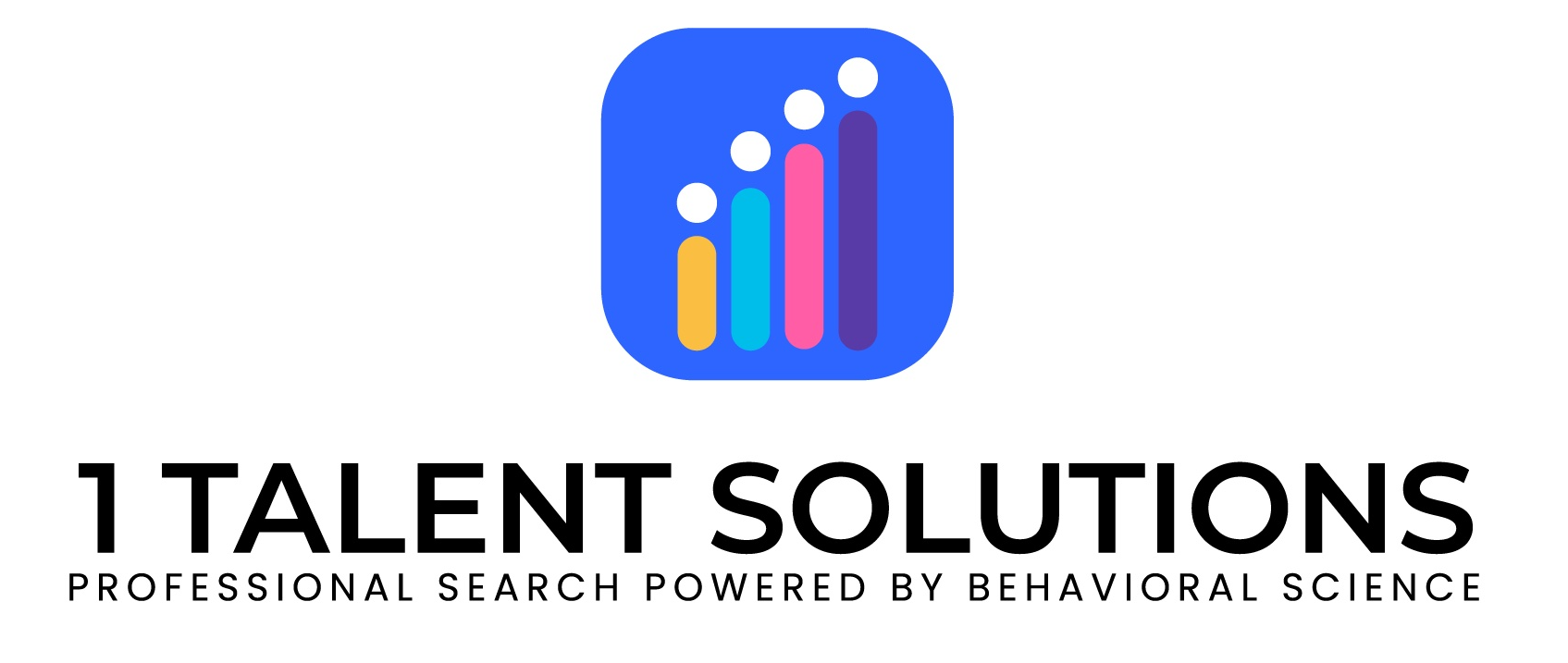Accurate, compelling job descriptions are a key way to attract talented candidates. Job descriptions are used for many purposes including recruiting, defining roles & responsibilities, benchmarking performance, and HR management.
Variability among job descriptions written by hiring managers
In some companies, hiring managers write job descriptions. The advantage of having a hiring manager create the J.D. is that they have a keen sense of the requirements. The disadvantage of lone hiring managers writing their own J.D.’s is that job descriptions can be variability and lack of standardization within a company. A second disadvantage is that some managers will create an over inclusive wish-list of their ideal candidate—which may discourage people who could do the job well.
Too long
There is a sweet spot for the length of job descriptions. Overly long job descriptions run the risk of losing the attention of job seekers. Obviously, higher level positions often entail more responsibilities, which necessitates more detail. However, at some companies protracted J.D.’s are the norm even for entry level roles. A good rule of thumb is that most job descriptions should fit on one page (so 300 to 500 words). Don’t allow your company job descriptions to be like your friend who talks too much. Show you value applicants time through concision.
Lacking concrete details
Another common problem is job descriptions that are too short, too vague, or lacking in concrete details of the role and responsibilities. These J.D.’s may be filled with overused terms like “team player,” “highly motivated,” etc. A particularly egregious example is “other duties as assigned,” which says to applicants something negative about how the company views employees. s
Other Common Job Description Problems
Transactional job descriptions—Transactional descriptions lay out the job from a fact-based perspective. You may get an A for accuracy, but you will not win the hearts and minds of job seekers. To avoid this trap: Address why applicants would want to work at your company. What is the company culture? How does the culture support employee’s career growth, work-life balance, etc.
The key oversight of most job descriptions is that they fail to take the perspective of job seekers, rather than company.
Andrew Proffer, Ph.D., Managing Director, 1 Talent Solutions
Proprietary company terminology—Often companies use terminology that only people inside the company understand. This leaves job seekers lost. Instead, describe internal company terms in a way that anyone can understand, e.g., the engineer will work on state-of-the-art implantable polymer medical devices.
No salary range—Companies should share the salary range for openings. Not providing the salary range wastes company and candidate time. Currently several states require salary disclosure, and many other states are considering adopting salary range transparency laws.
Results Oriented Descriptions
A newer approach to job descriptions is defining expected outcomes of a role sans specific line item tasks. Outcome focused job descriptions empower employees to decide and individualize their own process. Laszlo Bock, former SVP of People at Google asserts that “results oriented job descriptions are essential for attracting and retaining top talent.”
Complementary Job Description Feedback
Want an objective opinion about your company’s job descriptions? We’re happy to help, offering feedback on any job description, highlighting what works and what might be getting in the way of your company recruiting excellent candidates. Get in touch today with 1 Talent Solutions for complementary consultation.

